The centuries following the advent of the printing press in Europe were characterised by an overwhelmingly male print industry. Guild rules, social norms, and financial pressures conspired to keep women out of the printing workforce. Despite these obstacles, many thousands of women were actively involved in all aspects of the printing business, with some rising to own and operate their own presses.
The books we have selected from McMaster’s Archives & Research Collections celebrate these contributions; we hope to show plainly the significant and ongoing role that women played in print culture during the hand press era.
Here we see examples of presswork from Elinor James, the English controversialist whose 1706 broadside inspired the title of the exhibition; books printed by Denise de Courbes, widow of the French printer Jean Camusat; a pamphlet produced by the completely woman-operated École Typographique des Femmes, established under the Republican auspices of the French Revolution; and selections from the output of women engravers including Marie-Thérèse Reboul and Caroline Watson. These artefacts attest to the skill and resilience of women in the printing trades.
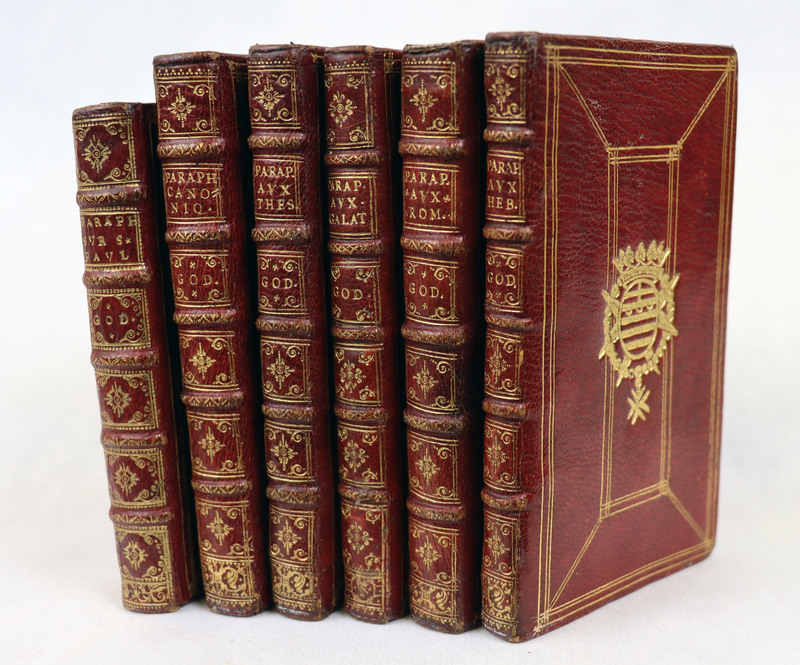
Antoine GODEAU. Paraphrases sur l’Epistres de S. Paul. Paris: veuve Camusat, 1637-1641. Barry Brown Collection. A 1150.
Jean Camusat had been named official printer to the prestigious French Academy in 1634. After his death in 1639, Cardinal Richelieu sought to replace Camusat’s widow with another printer. By lobbying the members of the Academy and authors like the bishop Godeau, the widow successfully retained her contracts and the role of printer to France’s highest cultural institution.
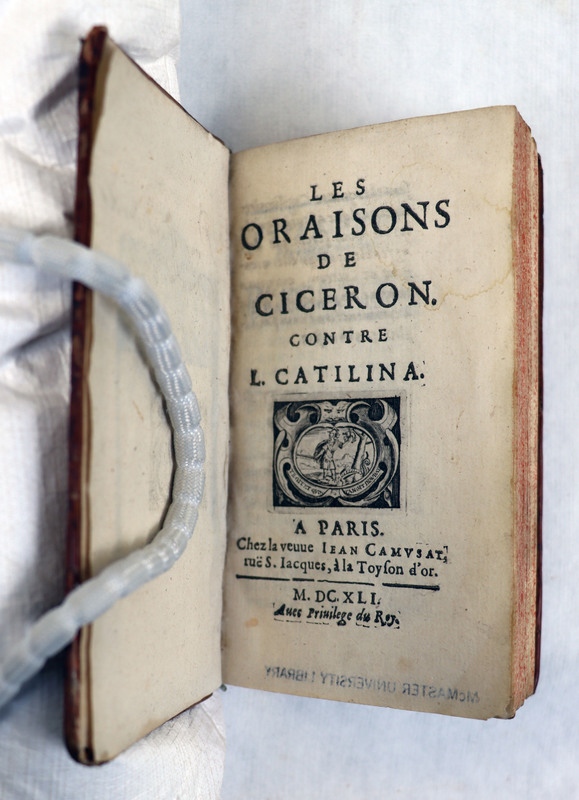
Marcus Tullius CICERO. Les oraisons de Cicéron... Paris: veuve Camusat, 1642. A 1121.
Denise de Courbes took over the business of her husband, the printer Jean Camusat, after his death in 1639. She published more than 260 works of literature, history, theology, and spirituality. This small volume of Cicero’s speeches includes a privilège and approbation listing de Courbes by name as publisher.
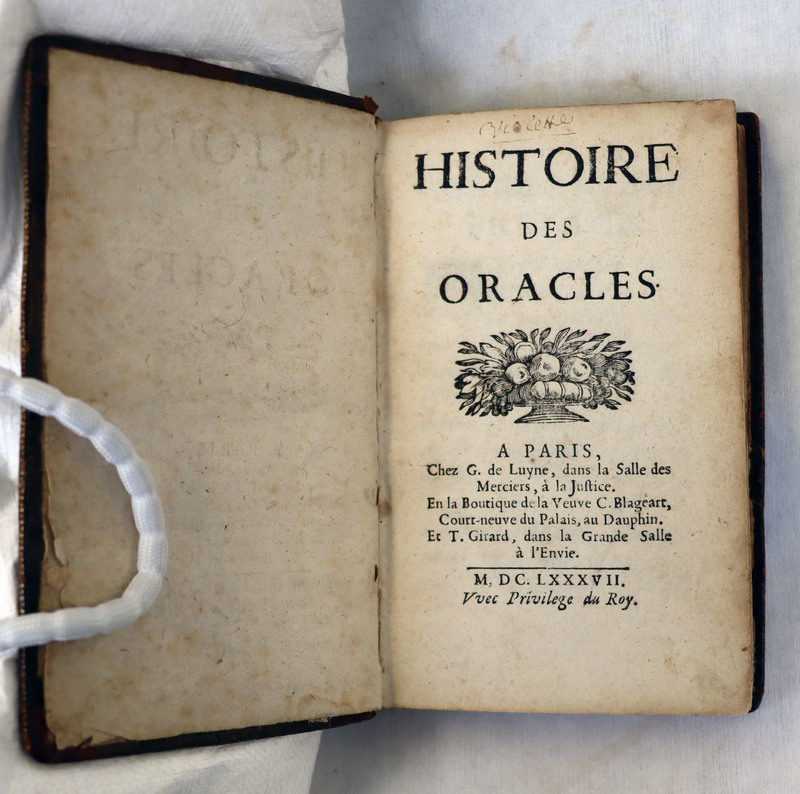
Bernard Le Bovier de FONTENELLE. Histoire des oracles. Paris: de Luyne; Blageart; Girard, 1687. Pierre Conlon Collection. B 18884.
Fontenelle’s controversial work was available for sale in the shop of Marie-Noëlle Houart, the widow of Claude Blageart. She sold her two presses in the spring of 1686 and passed away at the age of 72 shortly thereafter. The fact that the shop is still listed under her name one year later hints that she was well-known in Parisian circles.
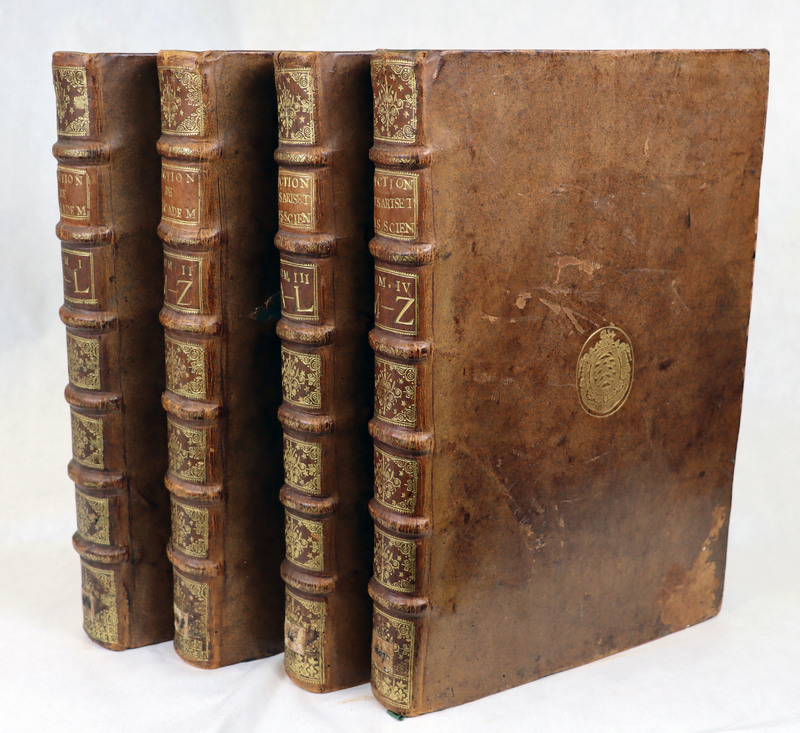
ACADÉMIE FRANÇAISE | Thomas CORNEILLE. Le dictionnaire de l’Académie françoise | Le dictionnaire des arts et des sciences. Paris: veuve Coignard, 1694. Donated by Marie L. Stock. E 693-4.
The widow Coignard, Anne-Geneviève Hénault, oversaw one of the most significant works on the French language: the first edition of the dictionary of the French Academy. She completed the publication after the death of her husband, Jean-Baptiste Coignard I. In 1694, the year in which the dictionary was published, the widow’s business comprised 5 working presses and 8 compagnons, or journeymen. Bound in the same matching set is another dictionary published by Hénault: the Dictionnaire des Arts et des Sciences of Thomas Corneille, himself a member of the Academy. The binding bears the armorial stamp of the La Rochefoucauld family.
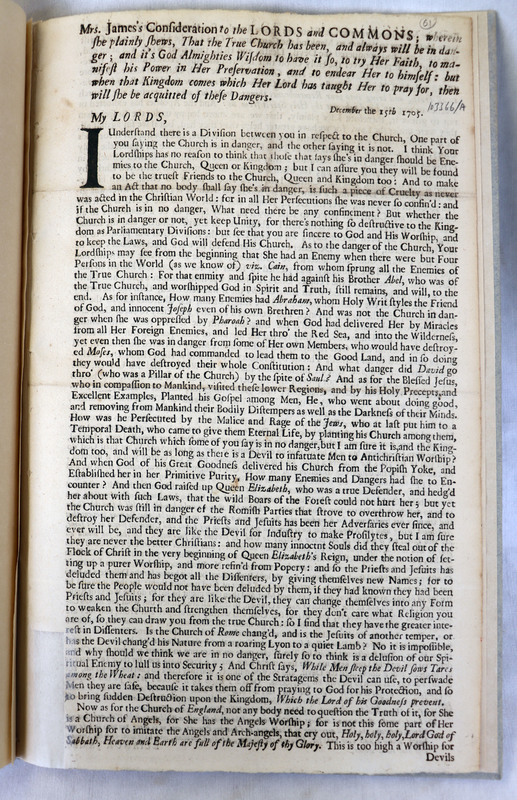
Elinor JAMES. Mrs. James's Consideration… London: Elinor James, 1705. D 1869.
Elinor James, a prolific English controversialist, used her press primarily as a vehicle for expressing her own opinions. James’ career as a printer was notable for its long tenure and her very public association with her own work — as here, her name features prominently in most of the titles she produced.
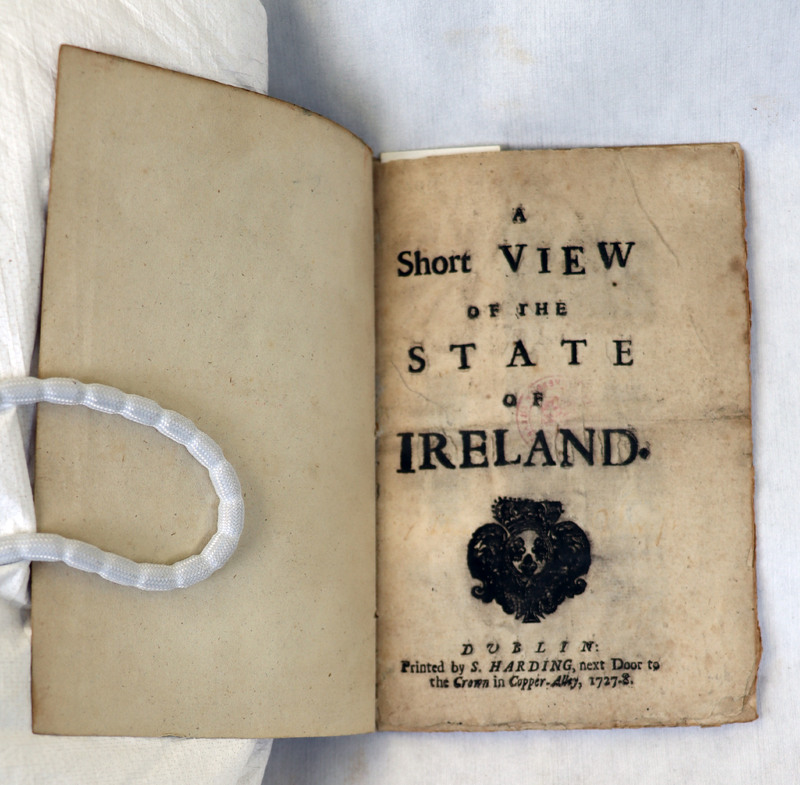
Jonathan SWIFT. A Short View of the State of Ireland. Dublin: S. Harding, 1727 [1728]. B 14397.
The daughter of a well-known Dublin printer, Sarah Harding eventually took sole direction of her own press when her husband was imprisoned for printing political documents without authorisation. Her output continued to be highly subversive, landing her in frequent legal and financial troubles, and she was closely associated with the controversial (and frequently illegal) writings of Jonathan Swift.
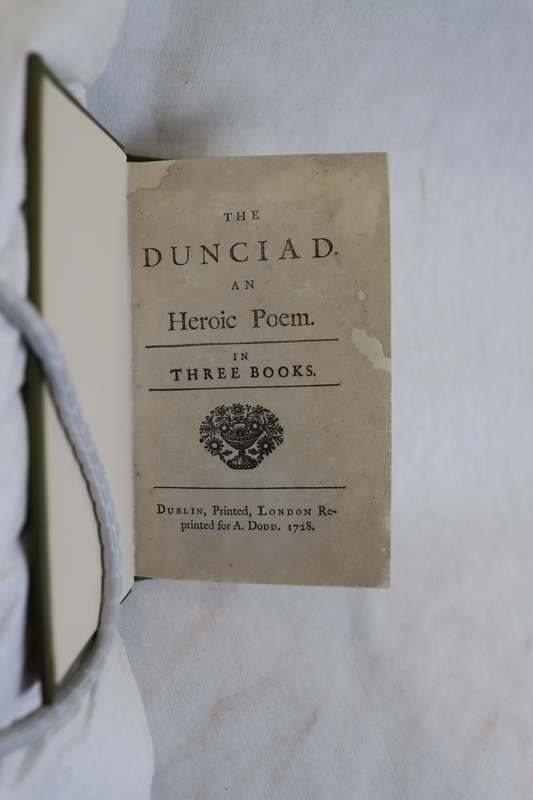
Alexander POPE. The Dunciad: An Heroic Poem. London: “A. Dodd,” 1728. B 13527.
This early edition of Pope’s Dunciad was falsely attributed to Anne Dodd, who was one of Britain’s most famous newsagents. This backhanded compliment testifies to Dodd’s status as a household name — and the association of her imprint with the high-volume, variable-quality output of hack writers, who are a major theme of the poem.
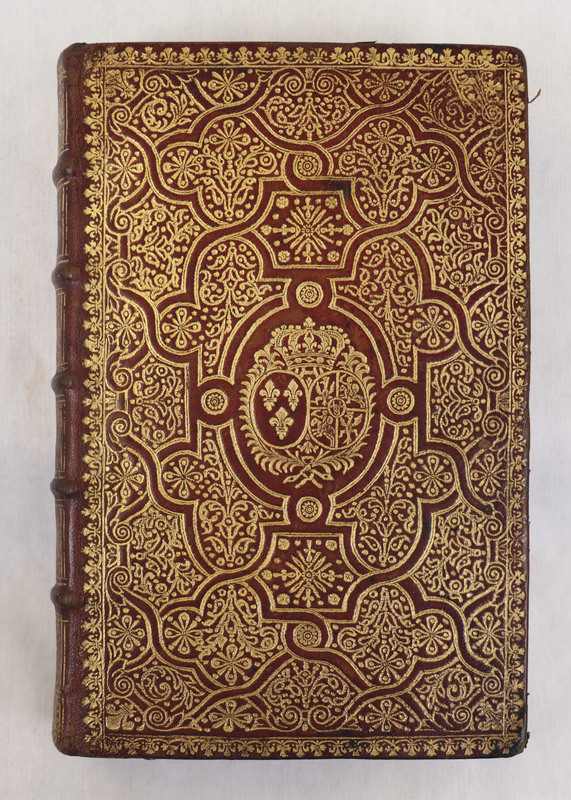
[Roman Catholic liturgy]. Office de la semaine sainte. Paris: Mazières & Garnier, 1728. Barry Brown collection. C 1846.
This liturgical text intended for an aristocratic audience was published by Pierre-Paule Garnier, widow of Raymond Mazières. She dedicated the book to the devout Queen Marie Leszczyńska, consort of Louis XV. The binding of this copy also bears the Queen’s armorial stamp; it was most likely owned by a member of the royal household.
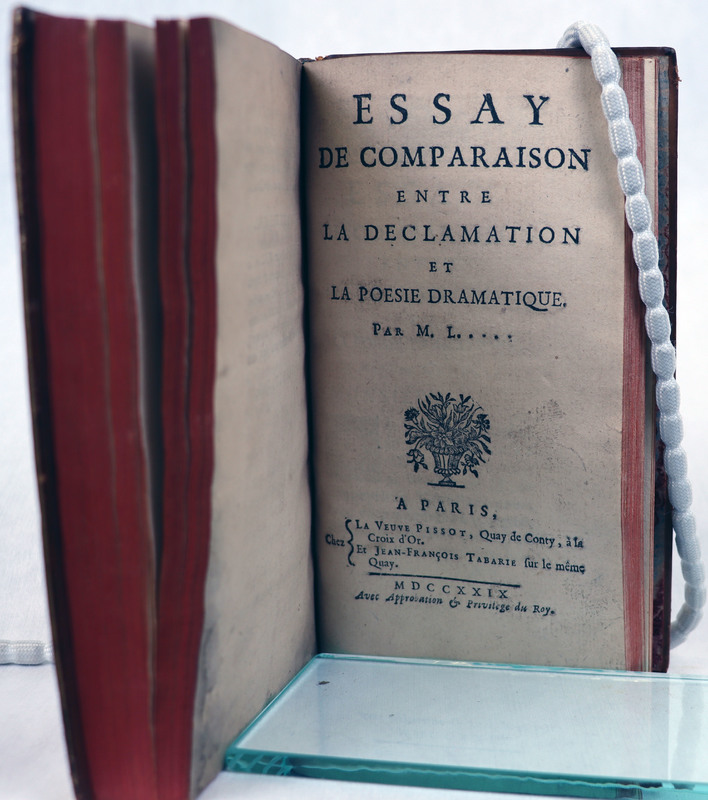
Pierre-Alexandre LEVESQUE DE LA RAVALLIÈRE. Essay de comparaison entre la déclamation et la poésie dramatique. Paris: Pissot & Tabarie, 1729. B 10003.
Catherine Bauchon took over her husband Pissot’s business in 1727, assisted by her son. She was active in the trade, printing the periodical Le Mercure de France, among other works. In 1742, she and two other publishers were fined 300 livres for printing works without privilege or permission. This book is bound with two other works, one of which was sold by a woman bookseller.
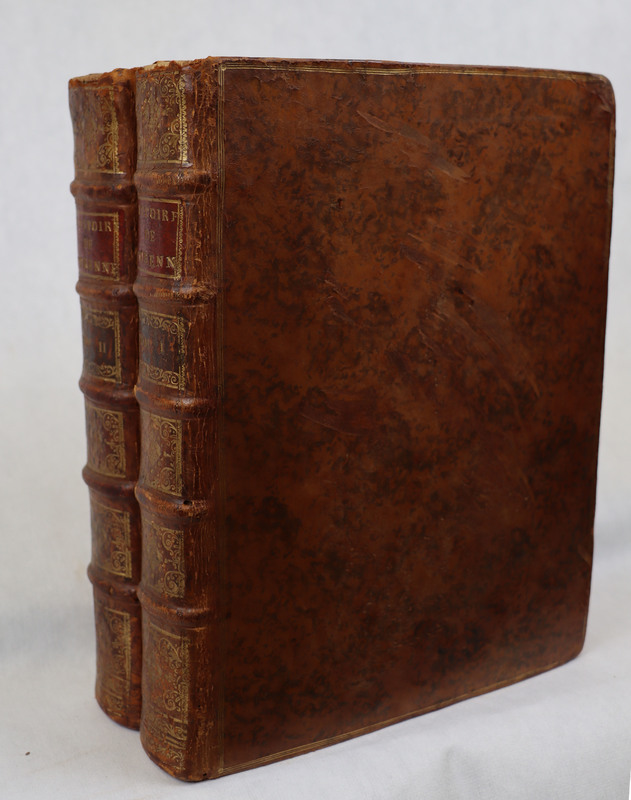
Andrew Michael RAMSAY. Histoire du vicomte de Turenne, maréchal général des armées du Roy. Paris: Mazières & Garnier, 1735. D 1426.
This biography of the French military commander Henri de la Tour d’Auvergne, Viscount of Turenne exemplifies the high production values of works published by the widow Mazières. The two-volume book is profusely illustrated with copper-engraved maps and historiated headpieces.
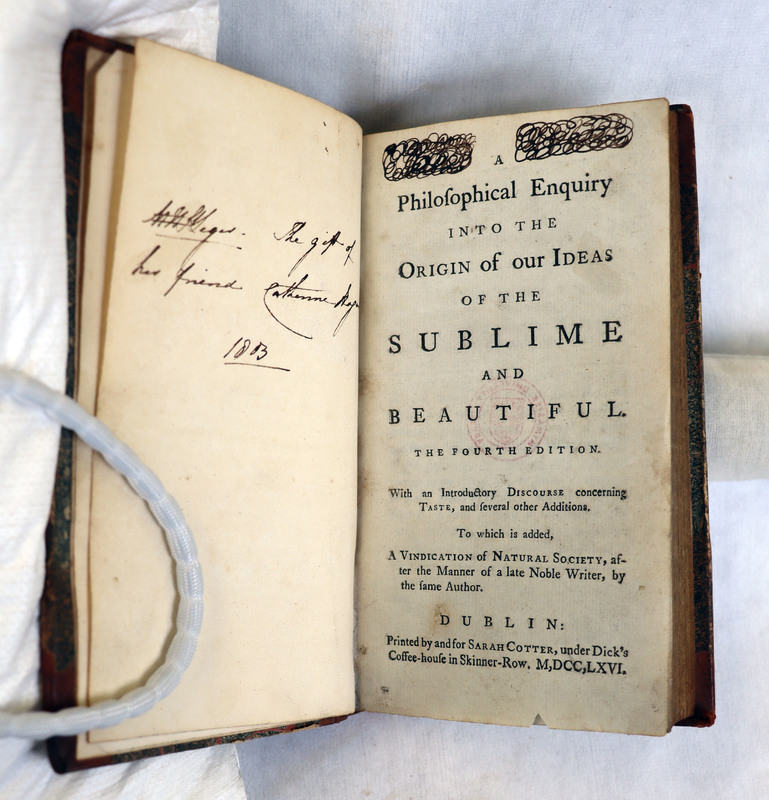
Edmund BURKE. A Philosophical Enquiry into the Origin of Our Ideas of the Sublime and the Beautiful… Dublin: Sarah Cotter, 1766. B 4753.
Sarah Cotter, who inherited her family’s bookselling business, established herself as a specialist printer of legal books by the late 1750s. She was one of the few women admitted as a dues-paying member to Dublin’s printer’s association, the Guild of St. Luke the Evangelist.

Pedro Francisco DÁVILA. Catalogue systématique et raisonné des curiosités… Paris: Briasson, 1767. C 3623.
Dávila assembled one of the largest cabinets of curiosities of his day. His collection is described at length in this three-volume catalogue. Among the many illustrations is included a plate engraved by the artist Marie-Thérèse Reboul, a celebrated painter and engraver, was one of the few women admitted to the French Académie royale de peinture et de sculpture.
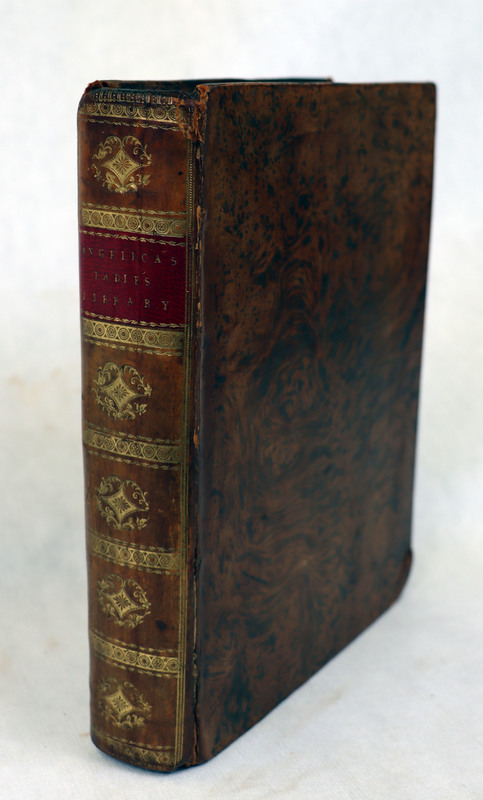
John HAMILTON; Angelica KAUFFMANN. Angelica's Ladies Library… London: Hamilton and Co. / Mrs. Harlow, 1794. B 7285.
The Swiss-born Angelica Kauffmann was a celebrated painter of the Neo-Classical school in Britain. Her historical paintings and drawings were often reproduced as engravings, some of which she engraved herself. She designed eight plates for this book intended for young women readers.
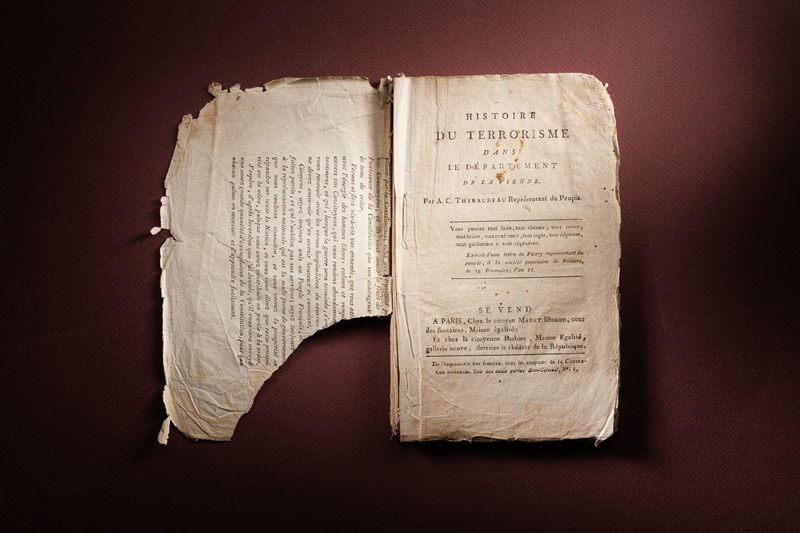
Antoine-Claire THIBAUDEAU. Histoire du terrorisme dans le département de la Vienne. Paris: Imprimerie des Femmes, [1795?]. C 3624.
One of the handful of surviving titles printed at the Imprimerie des Femmes (Press of the Women) established in Paris around 1791, still in its original sale state with the printer’s-discard wraps mostly intact. This press, originally envisioned as an all-woman typographic academy, was a rare example of a printing concern focusing exclusively on women’s labour.
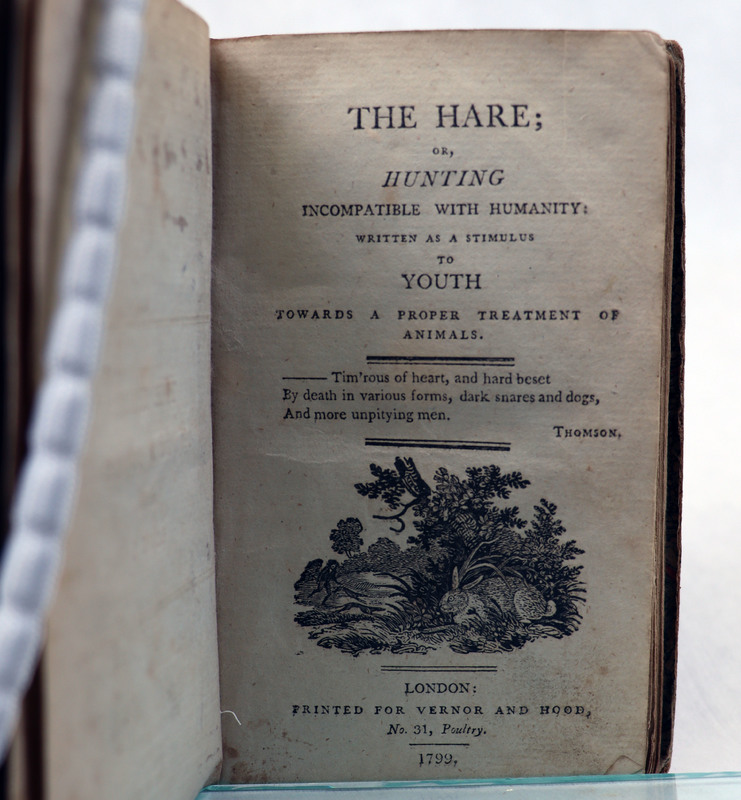
ANONYMOUS. The Hare; or, Hunting Incompatible with Humanity. London: Vernor & Hood, 1799. A 1858.
Following her husband’s passing in 1793, Ann Vernor assumed his place as a partner in the publishing firm of Vernor and Hood. This charming work, which warns against cruelty to animals, exemplifies the firm’s output aimed at young readers. McMaster’s copy has evidence of pen trials in at least two hands, testifying to former owners’ or readers’ engagement with the book.
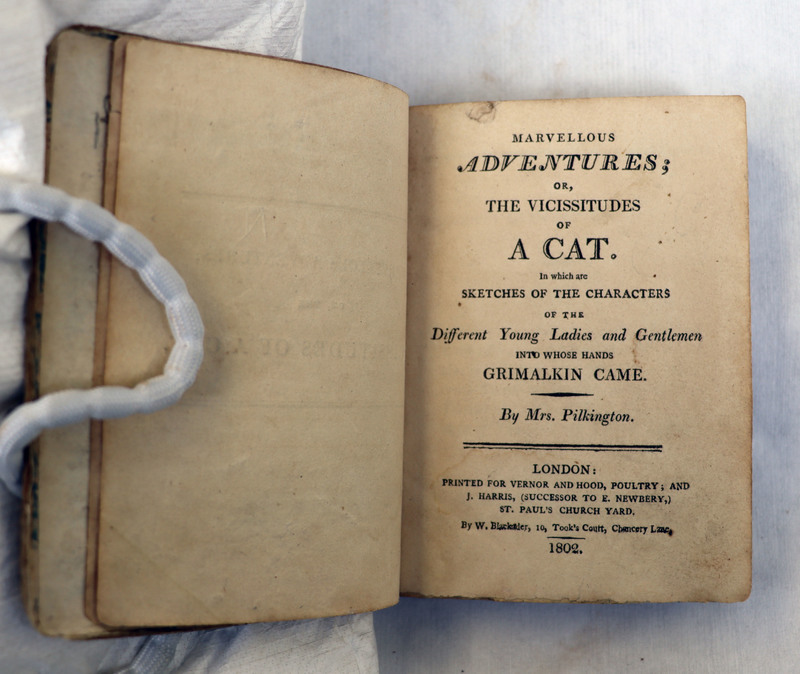
Mary PILKINGTON. Marvelous Adventures, or, the Vicissitudes of a Cat… London: Vernor & Hood; J. Harris. 1802. PR 5178.P5 M3.
This book brings together (at least) three women who were involved in its creation and transmission. It was written by a woman author, Mary Pilkington; it was distributed by a woman publisher, Ann Vernor; it bears the mark of a woman's ownership, in the form of an 1876 dedication to "Miss Frances Hodges."
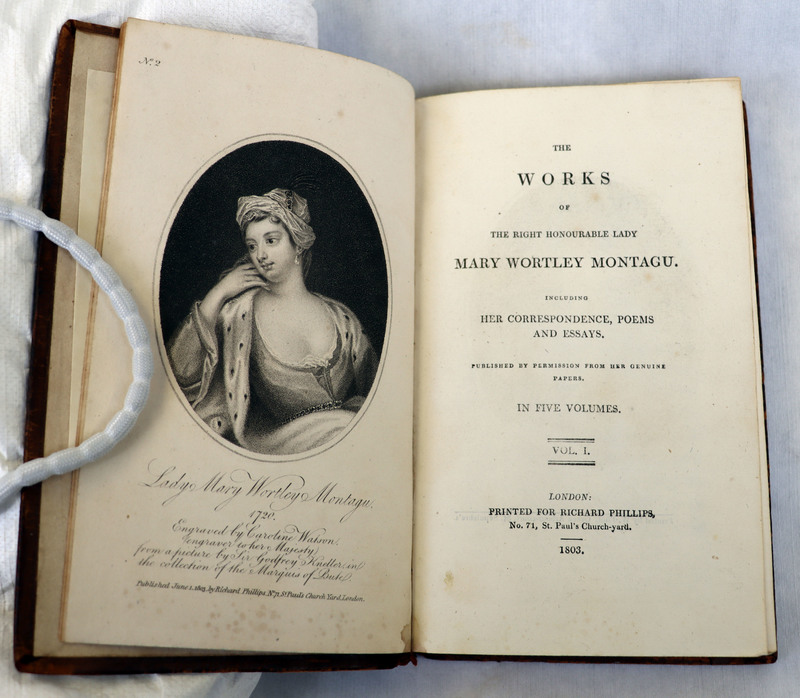
Mary Wortley MONTAGU. The Works of the Right Honourable Lady Mary Wortley Montagu. London: Richard Phillips, 1803. PR3604 .A1 1803.
The successful engraver Caroline Watson created a frontispiece portrait of the British memoirist and traveler Lady Mary Wortley Montagu for this four-volume set. Watson acquired her skills in the profession under the tutelage of her father, James Watson, who was a well-known mezzotint engraver. A second copy of this work was donated to McMaster University Library in 2018 by Paul Fritz.
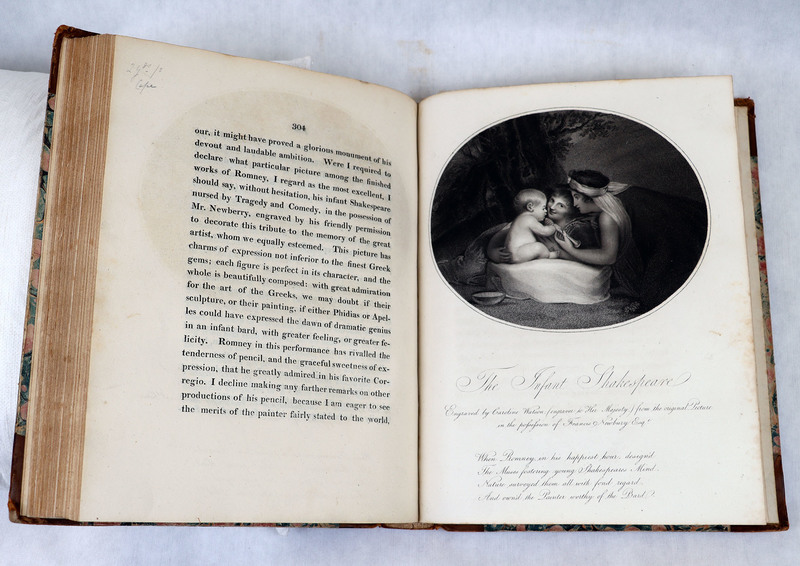
William HAYLEY. The Life of George Romney, Esq. Chichester: Mason / Payne, 1809. ND497.R7 H4.
Caroline Watson, designated as official engraver to Queen Charlotte in 1785, was hired by William Hayley to reproduce the paintings and drawings of George Romney that accompanied Hayley’s biography of the artist. Watson’s stipple and aquatint engravings are stunning. The correspondence of Watson and Hayley from 1805 to 1810 is held by Cambridge’s Fitzwilliam Museum.